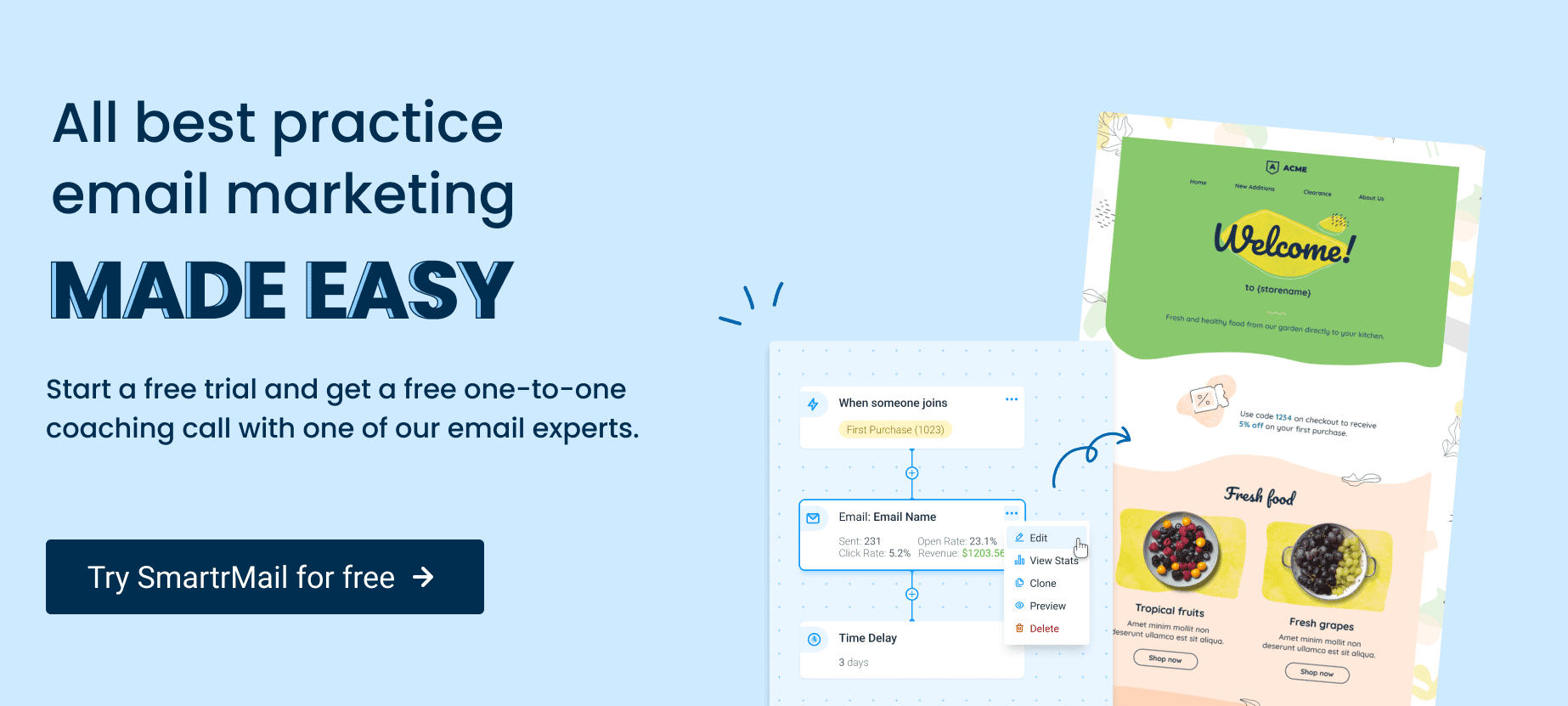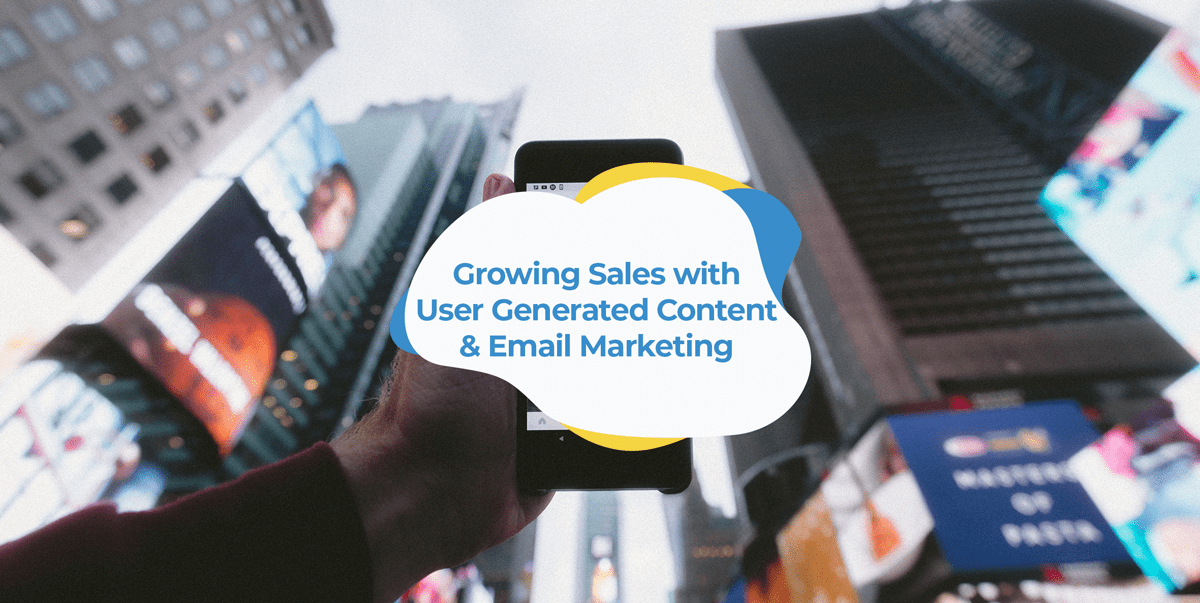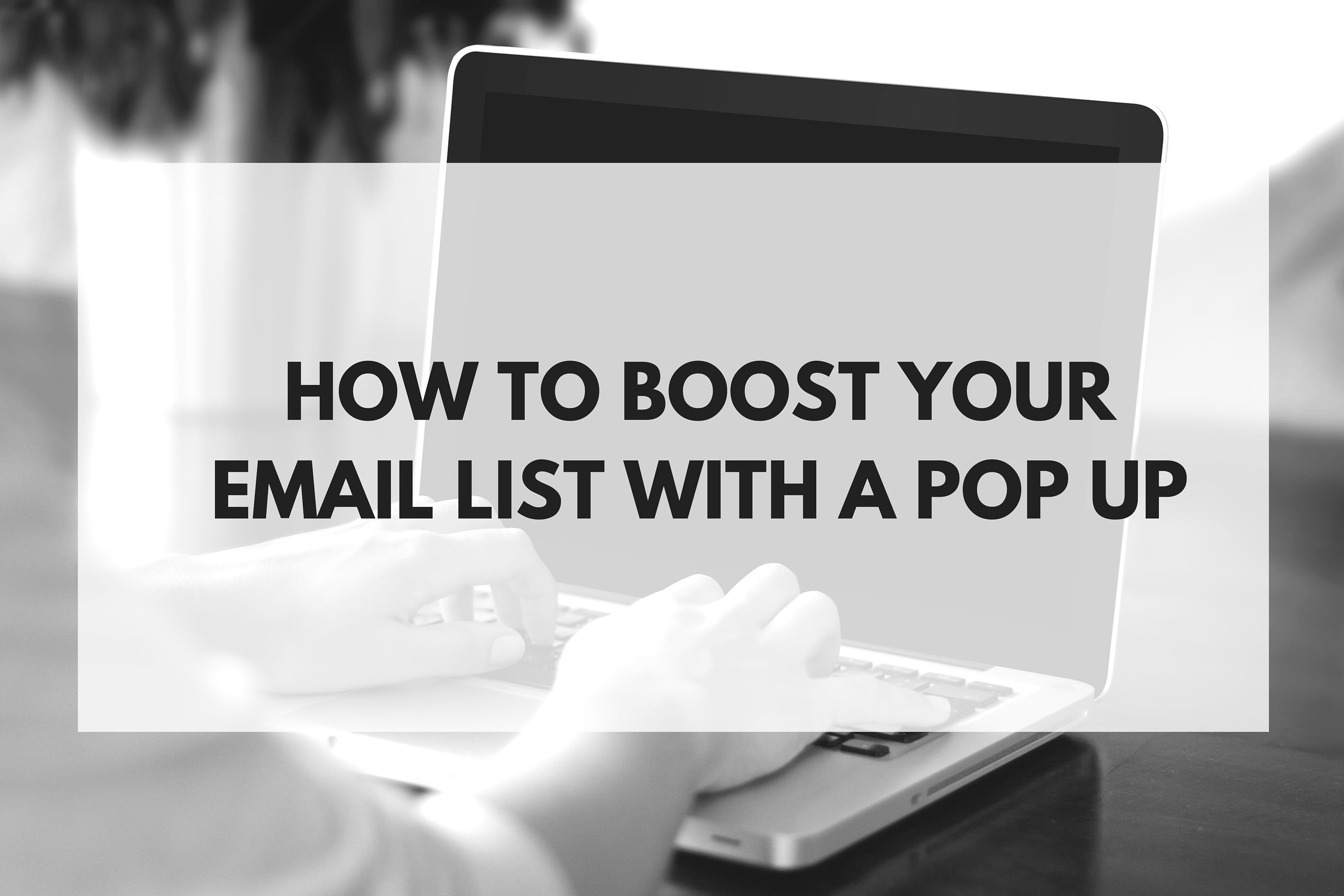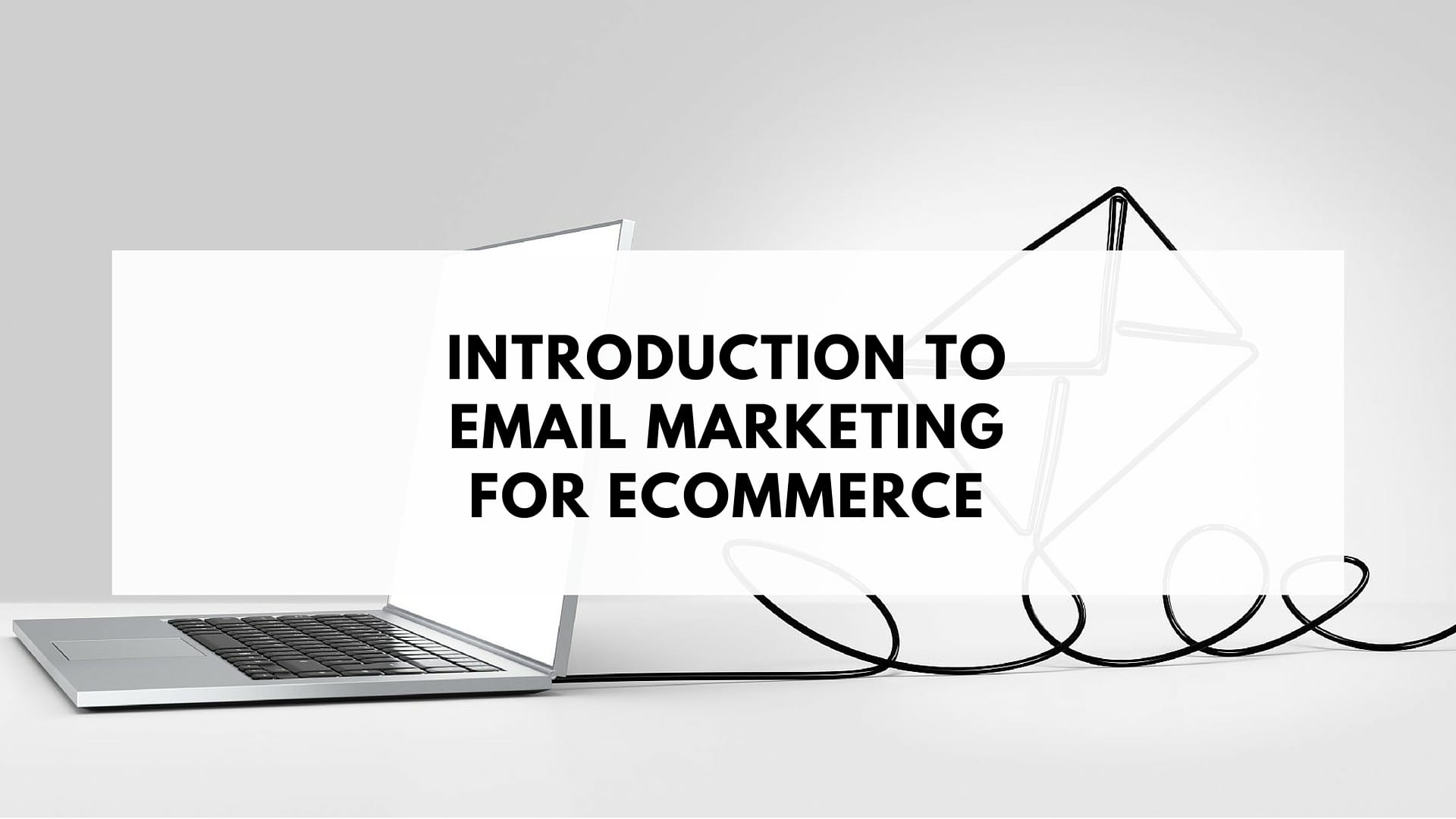While marketing trends have come and gone over the past two decades, email marketing has remained constantly effective across different industries. However, this level of effectiveness means that more and more businesses are using it, which makes it hard for your emails to stand out and be noticed by your customers.
Aside from writing engaging email copy, adding images and other media to your marketing emails helps increase reader engagement and improve conversion rates. But generating this type of content in-house is both expensive and time-consuming. Fortunately, incorporating user-generated content (UGC) into your email campaigns will give you near-unlimited access to visual content.
If you’re struggling to create quality visual content for your email marketing and are curious about how user-generated content in email marketing can help your business increase its sales, read on.
What is user-generated content?
You may not know what exactly user-generated content is, but you’ve probably used it a few times before. Whenever you post a photo on Instagram, upload a video on YouTube, share audio on SoundCloud, or add to your Instagram Stories or Twitter Fleets, you generate content. In other words, UGC is any form of content that consumers create and post on their social accounts.
You can find UGC across all fields, from image-heavy industries such as entertainment to digital niches such as software-as-a-service (SaaS) to small neighborhood merchants. With more than 3 billion images, videos, and audio clips being shared on social media every day, you can find UGC for any industry, even for the most niche market you can think of – as long as you know what to look for and where to find it.
In the context of digital marketing for a business, UGC refers to content that your followers, fans, and customers create and share, and which you then use in your campaigns.
Why should you use user-generated content?
What makes user-generated content a valuable commodity for marketers?
First, customers tend to trust other customers more than they trust brands. Word of mouth has always been the simplest but most powerful way of promoting a business, and UGC takes word-of-mouth marketing to an entirely different level, especially when you combine it with social media’s tendency to attract engagement.
Second, UGC influences customers’ purchase decisions very effectively. It’s easy to engage people, but when these same people encounter UGC showing other customers using (and benefiting from) your product or service, it helps drive traffic to your store at a higher rate.
Third, UGC is highly effective at grabbing and holding users’ attention. Studies show that ads with user-generated content are a lot more memorable than ads that feature only branded content.
Finally, it’s easily scalable. Generating content for different market segments is difficult if you do it exclusively in-house. In contrast, users generate and post fresh content ideas at the rate of 995 photos per second on Instagram alone.
With UGC, you let your users and customers generate content for your business. So how can you tap into this vast pool of visual content to improve your email marketing campaigns?

How to incorporate user-generated content into your email marketing
In the previous section, we discussed the many reasons you should include user-generated content in your marketing strategy. Now, we’ll look at a few ways you can take advantage of UGC for email marketing campaigns that yield better results.
Use UGC in personalized emails
Nowadays, “personalization” means more than just using your recipient’s name in the subject line and greeting. It now involves identifying your recipient segments, analyzing their past purchasing behavior and interests, and serving up email marketing content that matches their needs.
Thanks to user-generated content, finding the right images or videos for personalized marketing emails has gotten a lot easier. You may browse through social media posts, find the most popular or most relevant ones (based on hashtags, locations, or season), then use whatever you’ve gathered in your marketing email body or subject lines.
In this example, fitness retailer Fabletics uses UGC from its Instagram followers, showing them using and loving the products:

In a campaign like this, you could easily choose images of customers representing different audience segments based on demographics like age, gender, or interests. Tailoring content is a customer service best practice that will also serve you well in your marketing campaigns.
A word of caution: if you’re not careful, it’s easy to accidentally choose inappropriate or low-quality content. You will have to choose your UGC carefully. After narrowing down your options, you need to ensure that the UGC matches your brand voice and is of high quality.
If it’s a video, play back the whole clip and watch out for images and audio that isn’t appropriate. You don’t want your brand to go viral just because you failed to catch something that doesn’t belong in a marketing email. It can be tedious and time-consuming, but if including a good user-generated image in your email results in more of your subscribers clicking through to your landing page and making a purchase, your effort won’t have gone to waste.
Use user testimonials as UGC
User-generated content isn’t just visual content. Anything your customers post on social media – comments, reviews, testimonials – is also considered UGC. Testimonials are particularly effective when they’re incorporated into email marketing:
In the example above, a promotional email from dropshipping tool Ecomlad uses screenshots of Facebook comments, accompanied by the names and faces of the people who wrote them. These testimonials do a great job of convincing the reader that Ecomlad works as advertised.
In addition to the Facebook comments, Ecomlad also highlighted a testimonial from a well-known business figure who highly recommends the solution.
Why are testimonials effective as a marketing strategy? Just like any other type of user-generated content, customers perceive testimonials as more trustworthy. Because testimonials come from their fellow users, potential customers are more likely to envision themselves using the product and enjoying the benefits it brings.
For maximum effectiveness, you can reserve a section of your marketing newsletter for testimonials. You also need to politely ask your customers for their reviews and seek permission to use them in your campaigns. As long as you ensure that you put in a new set of testimonials every email, this email marketing trick will help increase your click-through rate.
Sign-up to our newsletter and receive a 30% discount on your first 6 months with SmartrMail
Add UGC to cart abandonment emails
Shopping cart abandonment is one of online retailers’ biggest headaches. According to Salescycle, over 79% of shopping carts are abandoned across industries. However, cart abandonment doesn’t automatically mean those customers are lost. Many just need one more push before they hit the “Check Out” button.
Sending cart abandonment emails will remind customers that they have items left unpurchased and attempt to get them to come back and complete the transaction. However, most emails of that nature fail because they don’t put the purchases in context. That is, they don’t remind the customer why they added the items to their cart in the first place.
Adding user-generated content to your cart abandonment email will help your brand build trust and communicate the value of your products. Social proof is a very powerful marketing tool, and adding it to a cart abandonment email targets the customer’s fear of missing out (FOMO) and convinces them to go ahead and make the purchase. One easy way to do this is to add a review or testimonial of the relevant product to the email:
The example above, from Kim Kardashian’s apparel brand SKIMS, shows the power of customer reviews in action. It features the abandoned item and adds a star rating and a testimonial to it. Both of these pieces of UGC convince the customer that they won’t regret buying the item.
Use your email tracking tool to keep an eye on your open and click through rates for your cart abandonment emails. If they aren’t being opened, you may consider a more direct approach to using UGC, such as adding images or videos showing actual customers using the product and incorporating their feedback into the subject line to entice more customers to open the email.
Start an email-based hashtag campaign
One of the easiest ways to unleash the potential of UGC in email marketing is through hashtag campaigns. Using a dedicated hashtag for your brand not only connects you to your followers. It also helps you find great UGC and curate it. Adding hashtags to your email campaign is a great way to unify your email and social campaigns and increase your social media following, too.
For example, this email campaign from underwear and loungewear brand MeUndies encourages customers to post images of themselves wearing the products using the hashtag #MeUndiesFam:
You can see right away that the image used in the email campaign comes from Instagram. It even contains the Instagram handles of the people in the photo. The best posts were featured in an Instagram Stories highlight reel called “Fam Faves”:
Using UGC to promote an email hashtag campaign doesn’t just improve click-through rates and increase customer engagement. It also gives your loyal social media followers something in return – namely, exposure of their channels to a much broader audience. This is a win-win situation that benefits both your brand and your customers, resulting in more content that you could feature in your future campaigns.
Wrapping up
Email marketing is still one of the most popular and powerful channels for promoting your brand. It doesn’t just sell, but also educates and engages your customers. However, with the competition becoming stiffer as more brands start doing email marketing, creating fresh new content for marketing emails becomes a constant challenge.
The competition for email marketing content is more than just a matter of volume. It’s challenging to create content that speaks directly to audiences and determine the best content to use in personalized campaigns. Incorporating user-generated content (UGC) into your email campaigns helps you solve this problem.
Aside from giving your brand access to fresh content for your campaigns, featuring UGC in your marketing email boosts your customer engagement by giving them exposure to new audiences, especially when you use social media posts. It also boosts your revenue by showing your products being used in real life, adding authenticity and credibility to your campaign.
How do you plan to incorporate user-generated content into your email marketing strategy? Let us know in the comments!
Bio
Matt Diggity is a search engine optimization expert and the founder and CEO of Diggity Marketing, The Search Initiative, Authority Builders, and LeadSpring LLC. He is also the host of the Chiang Mai SEO Conference.




